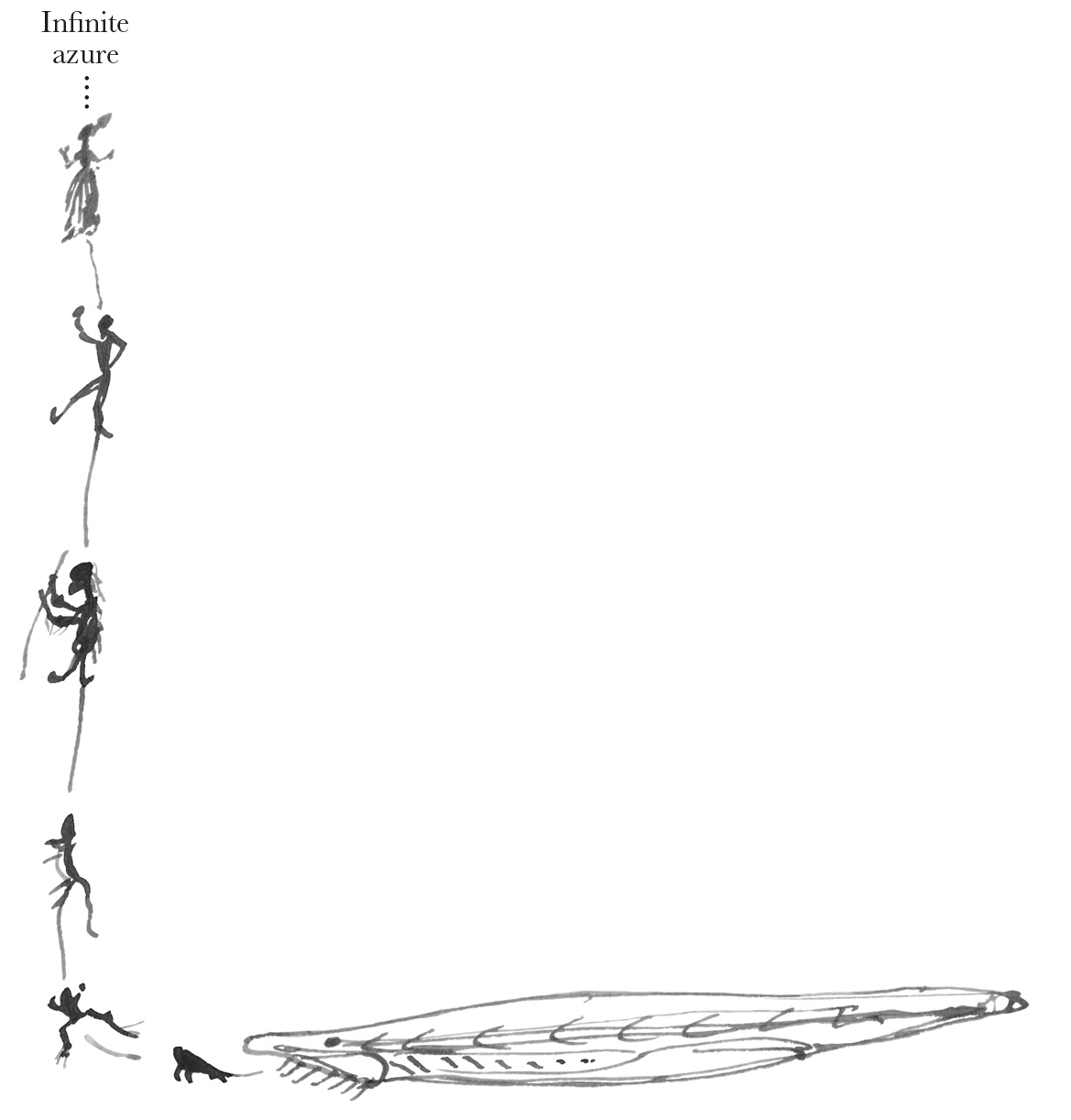From T. H. Huxley 8 December 1874
4 Marlborough Place | NW
Dec. 8th 1874
My dear Darwin

Best thanks for Semper1 It is an interesting but monstrous illnatured article (he doesn’t attack me) and it serves him right that he has not only been completely anticipated by Balfour— but that Balfour’s must ⟨foot of page excised⟩ shew that he has altogether blundered in his interpretation of the fact. Indeed the only value of the paper is that it confirms Balfours statement as to fact2
I will return the paper to you as soon as I have made some excerpts
It did us good on Sunday to see how well &3 ⟨foot of page excised⟩
P.S. | I forgot to say that I have been making out wonderful things about Amphioxus His skull & brain are bigger in proportion (or at any rate longer) to his body than yours— and the theory of the vertebrate skull that I have been grinding at these seventeen years,4 is I believe just as clear proving at last the great break between Amphioxus & other fishes supposed to exist by us all up to this time—is pretty well bridged over & the relations of Amphioxus with the Lampreys are as clear as mud in a wine glass—5 The skull consists of above 14 segments all trace of which is lost even in the embryo of the higher vertebrates
Three cheers for our great ancestor!— Prot. Adam (Haeckel)6
Footnotes
Bibliography
Balfour, Francis Maitland. 1874. A preliminary account of the development of the elasmobranch fishes. Quarterly Journal of Microscopical Science n.s. 14: 323–64.
Descent: The descent of man, and selection in relation to sex. By Charles Darwin. 2 vols. London: John Murray. 1871.
Summary
K. G. Semper’s article ["On the relationship of the Vertebrata and Annelida", Ann. & Mag. Nat. Hist. 15 (1875): 94–5] is ill-natured. Misinterprets facts already discovered by F. M. Balfour.
Has been working on Amphioxus. Puts his theory of vertebrate skulls on firm footing at last.
Letter details
- Letter no.
- DCP-LETT-9748
- From
- Thomas Henry Huxley
- To
- Charles Robert Darwin
- Sent from
- London, Marlborough Place, 4
- Source of text
- DAR 103: 234–5
- Physical description
- inc
Please cite as
Darwin Correspondence Project, “Letter no. 9748,” accessed on 19 April 2024, https://www.darwinproject.ac.uk/letter/?docId=letters/DCP-LETT-9748.xml
Also published in The Correspondence of Charles Darwin, vol. 22


